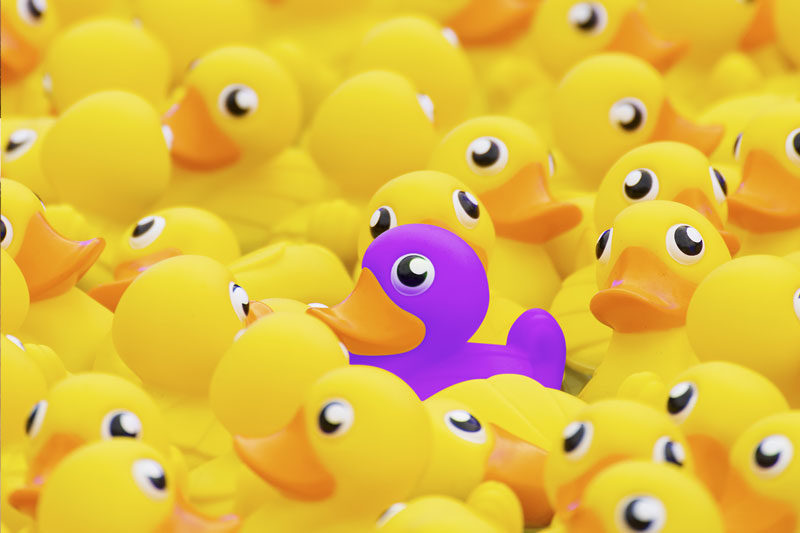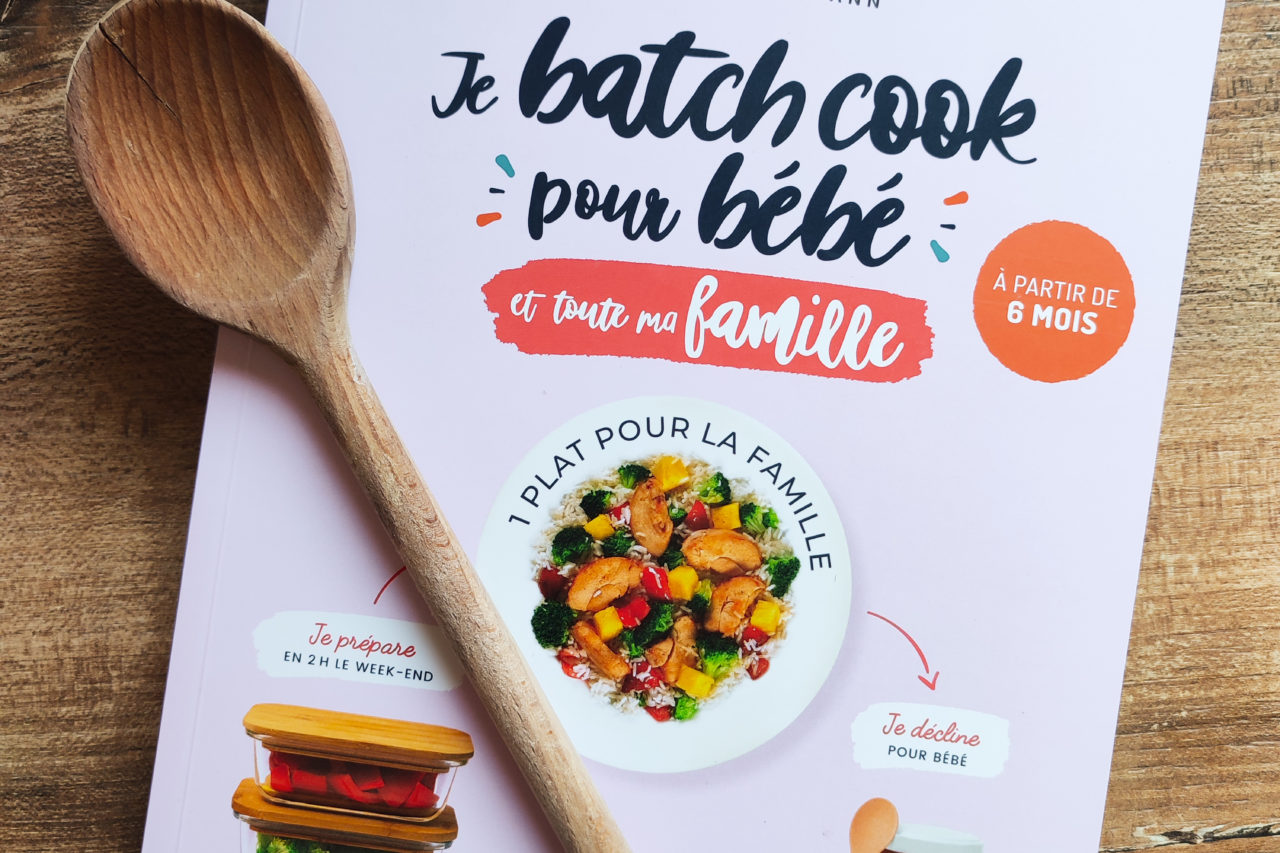The main difficulty for a brand that wants to engage in influence marketing is finding the ideal influencer in a social media sphere much larger than we imagine in general. There’s also the question of a partnership with a macro-influencer or a micro-influencer, a choice which matches very different profiles and strategies. So, micro or macro-influencer, what type of partnership is best suited to the goals of your influence campaign?

Micro-influencer or macro-influencer: what are the differences?
It’s the size of the community that determines whether it’s micro or macro-influence. There’s no precise threshold; it can be a few thousand, or tens of thousands of subscribers, depending on the universe in which the influencer operates.
Choose the influencer based on campaign goals
Micro-influencers stimulate more engagement than macro-influencers, as you can see in the example of Instagram influencers:
- accounts with less than 1000 subscribers generate 8% of likes;
- accounts with over 10 million subscribers generate only 1.6% of likes.1
With the first solution, brands have the opportunity to access a fairly small audience, but very engaged. In the second, the audience is much broader, but also much less engaged. There are clearly different campaign strategies: in the first case, conversion; in the second, acquisition.
What are the advantages of a partnership with a macro-influencer?
Macro-influencers have a large community. By choosing this type of partnership, the brand will have access to its audience and gain high visibility. This choice is therefore for customer acquisition objectives. Young brand tend to have these goals hoping to make themselves known to the widest possible audience. But, macro-influencers are more expensive than those with smaller communities, and brands in the launch phase have a reduced marketing budget. So what can you do?
Partnerships based on mutual benefits principles
Paying the services of a macro-influencer isn’t always possible for brands with limited financial flexibility. If they still want to begin a partnership with a macro-influencer, they should aim for other types of reward than hard cash. We’re refering to notoriety here, an aspect as important for brands as for influencers. By coming closer, two entities with close DNA could mutually compliment each other.
Here’s a tangible parenting influence example
A brand distributing organic baby care products will undoubtedly find it of great value to begin a partnership with a parenting influencer who is also invested in sustainable development. Each of them could work on their notoriety, an investment with very beneficial spin-offs for both partners in the long run.
What benefits can you expect from a partnership with a micro-influencer?
Micro-influencers lead smaller communities but that are faithful and more engaged than those of a macro-influencer. There’s a stronger bond, the influencer is perceived as the middleman of trust between the brands and the customers, which gives them great power of persuation with their community. The brands gets access to finer audiences, which meets a conversion goal.
Now you know everything, or almost everything, about macro-influence or micro-influence strategies. If you still have questions before creating an influential campaign, contact Bilbokid, pioneering influencer of the childhood and family community!






Comment